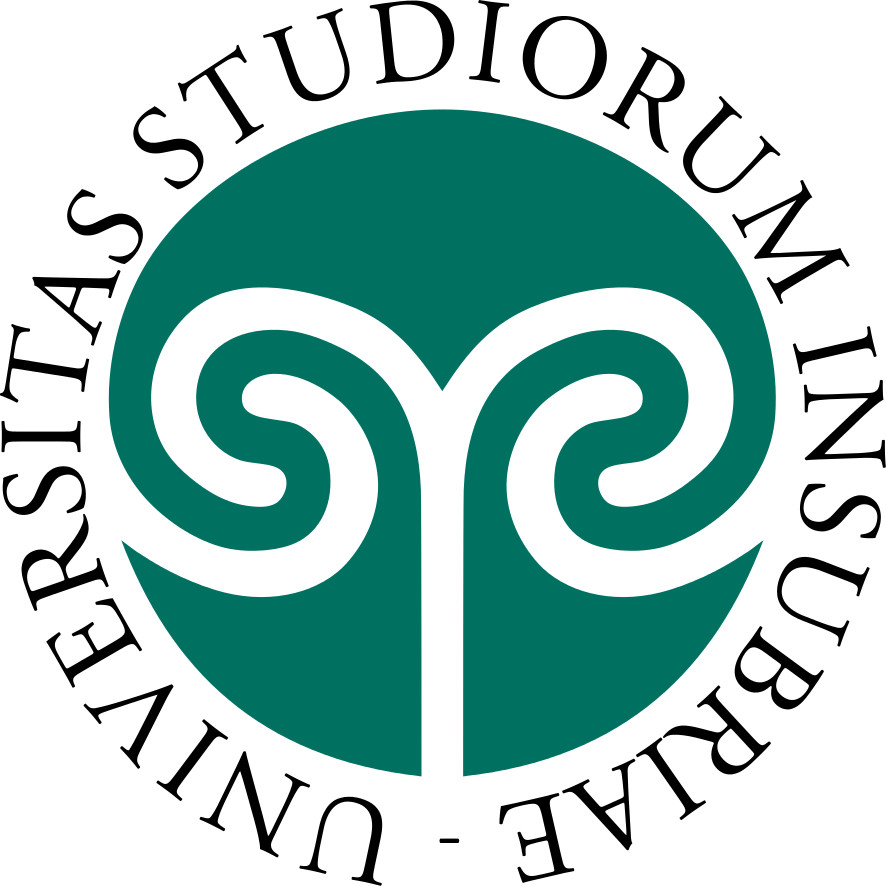|
|
Schedule
- 1. Summer School
“Computational Methods for Inverse
Problems in Imaging” (21-25 May)
- 2. Course and seminars on
“Optimization techniques for imaging”
(11-15 June)
-
3. Short courses on “Numerical methods
for Astronomical Imaging”
(18-22 June)
Three short courses of about 4-6 hours each:
- Inverse Problems in Adaptive Optics
Slides here
Lecturer: Ronny Ramlau,
Johannes Kepler University Linz, Austria
Currently there is a new generation of
large astronomical telescope under
construction, e.g. the European Extremely
Large Telescope (E-ELT) of the European
Southern Observatory (ESO) with a mirror
diameter of 39 meters or the Thirty Meter
Telescope (TMT), build by a consortium
headed by Caltech. The operation of those
huge telescopes requires new mathematical
methods in particular for the Adaptive
Optics systems of the telescopes. The
image quality of ground based astronomical
telescopes suffers from turbulences in the
atmosphere. Adaptive Optics (AO) systems
use wavefront sensor measurements of
incoming light from guide stars to
determine an optimal shape of deformable
mirrors (DM) such that the image of the
scientific object is corrected after
reflection on the DM. The solution of this
task involves several inverse problems:
First, the incoming wavefronts have to be
reconstructed from wavefront sensor
measurements. The next step involves the
solution of the Atmospheric Tomography
problem, i.e., the reconstruction of the
turbulence profile in the atmosphere.
Finally, the optimal shape of the mirrors
has to be determined. As the atmosphere
changes, frequently, these computations
have to be done in real time. In the short
course we introduce mathematical models
for the elements of different Adaptive
Optics system such as Single Conjugate
Adaptive Optics (SCAO) or Multi Conjugate
Adaptive Optics (MCAO) and present fast
reconstruction algorithms as well as
related numerical results for each of the
sub-tasks that achieve the accuracy and
speed required for the operation of ELTs.
- Solar astronomical imaging
Space instruments for imaging the Sun have
hardware characteristics that depend on
the wavelength they aim to measure. For
example, on the one hand, hard X-ray
telescopes are designed in order to
modulate the incoming radiation and
therefore measure samples of the Fourier
transform of the radiation field. On the
other hand, EUV devices perform focused
optics but their images are affected by
saturation effects that deteriorate the
signal in the most significant image
regions. It follows that reconstruction
methods in solar imaging strongly depend
on the image modalities considered:
numerical methods at the basis of hard
X-ray imaging implement the regularized
inversion of the Fourier transform from
limited data while image de-saturation in
EUV modalities utilize inverse diffraction
to restore information in the saturated
core. From a more general viewpoint,
numerical methods in solar astronomical
imaging are formulated accounting for the
wavelength-dependent mathematical model
mimicking the signal formation process.
This short course illustrates the
mathematical formalism at the basis of
some imaging modalities in solar physics,
with specific focus on the properties of
the forward image formation problem. Then
the course will introduce some advanced
numerical techniques for the computation
of the regularized solution of the image
reconstruction inverse problem, pointing
out their effectiveness and reliability
with respect to data fitting accuracy.
Applications will be considered that
perform the whole roadmap from the
experimental measurements, through the
inversion process to the interpretation of
the reconstructed images in the framework
of solar physics models.
- Deconvolution of interferometric
images
Slides here
Lecturer: Marco Prato,
Università di Modena e Reggio Emilia,
Italy
The Large Binocular Telescope (LBT) is the
first example of interferometers of a new
conception, designed to provide
high-resolution imaging of a wide field in
the near-infrared and visible wavelengths
domain. The basic feature of LBT and of
future LBT-like interferometers is the
possibility of getting a good coverage of
the u-v spatial frequency plane by means
of a few observations at different
parallactic angles. As a permanent part of
LBT, the high-level Adaptive Optics (AO)
system, including adaptive secondary
mirrors, pyramid wavefront sensors, and
multi-conjugate AO techniques, is intended
to achieve a high-quality correction (up
to about 90% Strehl ratio in the
near-infrared) on a large part of the
field. However, in order to be able to
produce high-resolution, possibly deep and
wide-field, imaging from interferometric
data, appropriate restoration methods must
be used.The basic feature of the
restoration problem for an interferometer
like LBT is that a unique high-resolution
image must be extracted from different
interferometric observations of the same
target, obtained with different
orientations of the baseline with respect
to the sky. In this short course, we will
revisit several recent advances in the
mathematical tools to address the
reconstruction of interferometric images,
including effective numerical optimization
methods, strategies to deal with boundary
effect corrections and available IDL
tools. Generalizations to blind
deconvolution of stellar images,
space-variant PSFs and reconstruction of
high-dynamic range images will be
considered, as well as application to the
deconvolution of real images of the Jovian
moon Io.
- 4. Course and seminars on
“Reconstruction methods for sparse-data
tomography” (25-29 June)
- 5. Laboratory on
“Restoration of Medical Imaging”
(9-13 July)
- 6. Conclusive Workshop
“Computational Methods for Inverse
Problems in Imaging” (16-18
July)
|
|



